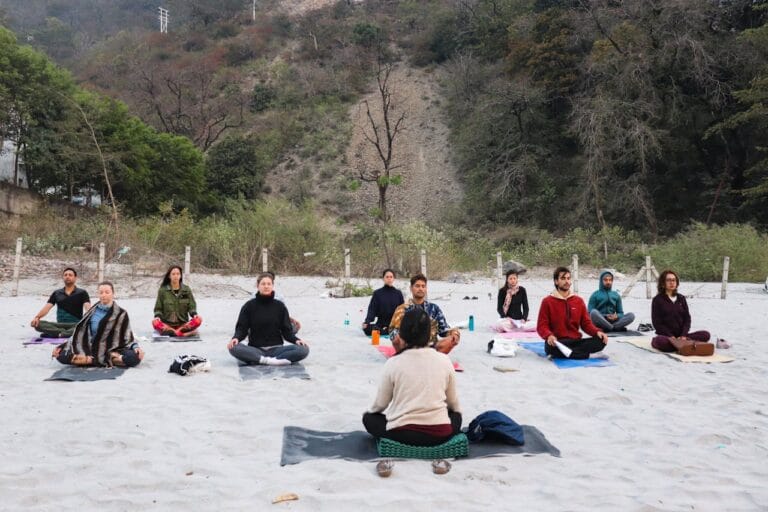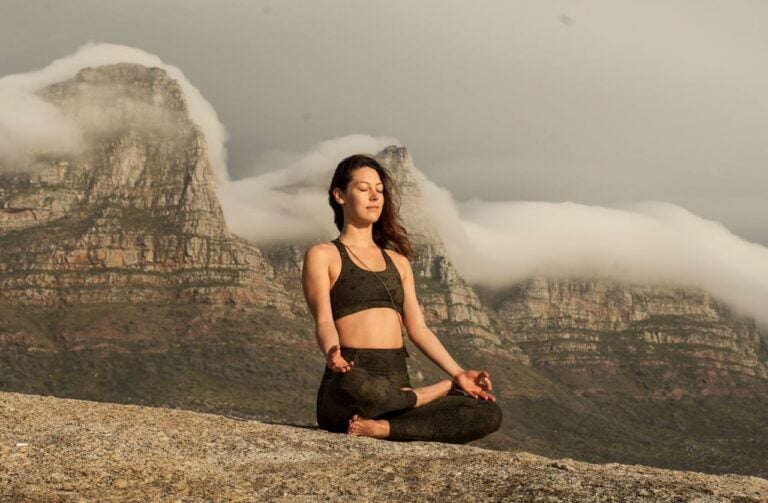Unlocking Inner Peace: The Power of Mindfulness Practices
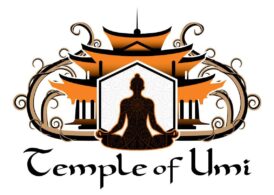
By Temple of Umi
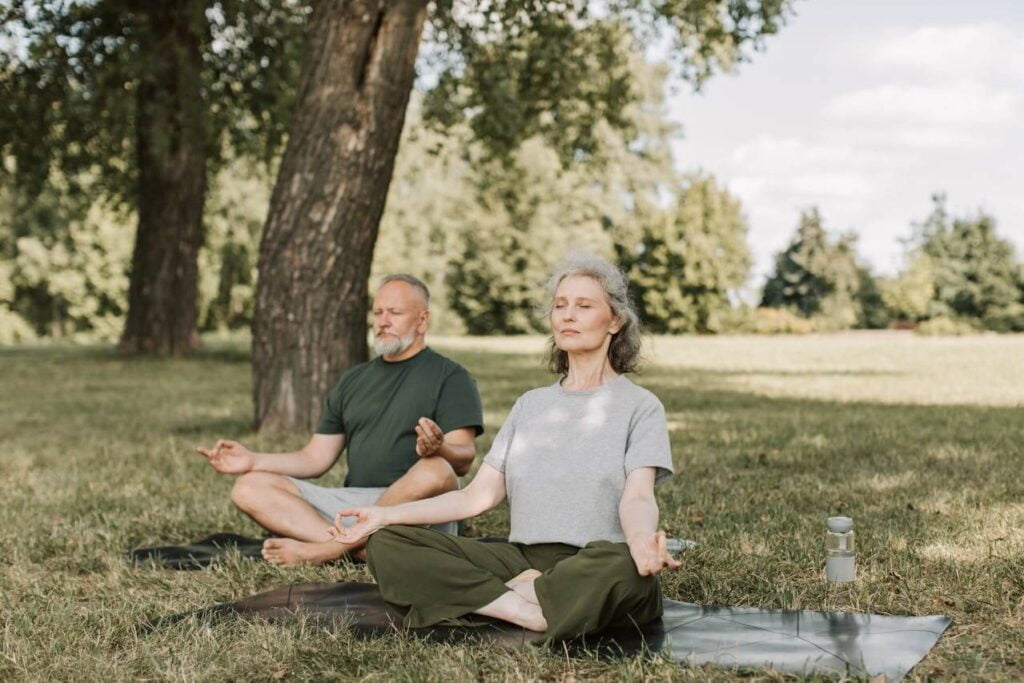
Table of Contents
Discover the transformative benefits of mindfulness practices. Learn techniques to enhance well-being, reduce stress, and cultivate a more present and fulfilling life.
Introduction to Mindfulness Practices
The quest for peace and clarity can often feel daunting in today’s fast-paced world. Enter mindfulness practices, a robust set of techniques designed to anchor us in the present moment. This blog post will explore mindfulness, the various practices associated with it, and how integrating these techniques into daily life can lead to profound changes in mental, emotional, and physical well-being.
What is Mindfulness?
Mindfulness is fully present and engaged in the current moment, free from distraction or judgment. It’s about observing your thoughts and feelings without criticism or attachment. Rooted in Buddhist meditation, mindfulness has gained popularity in the West as a secular practice to improve overall quality of life. It encourages individuals to observe their thoughts and feelings without becoming overwhelmed or reactive, allowing for a deeper understanding of oneself. Learn more.
The Benefits of Mindfulness Practices
Engaging in mindfulness practices has been associated with a multitude of benefits, including:
- Reduced Stress: Regular mindfulness meditation helps lower cortisol levels, the hormone primarily responsible for stress.
- Enhanced Focus: Mindfulness practices improve concentration and attention, making it easier to stay engaged in tasks.
- Emotional Regulation: Mindfulness encourages awareness of emotions, leading to better control over responses and reduced anxiety.
- Improved Relationships: Being more present and attentive enhances communication and connection with others.
- Physical Health: Mindfulness has been linked to lower blood pressure, improved sleep quality, and enhanced immune function. Learn more.
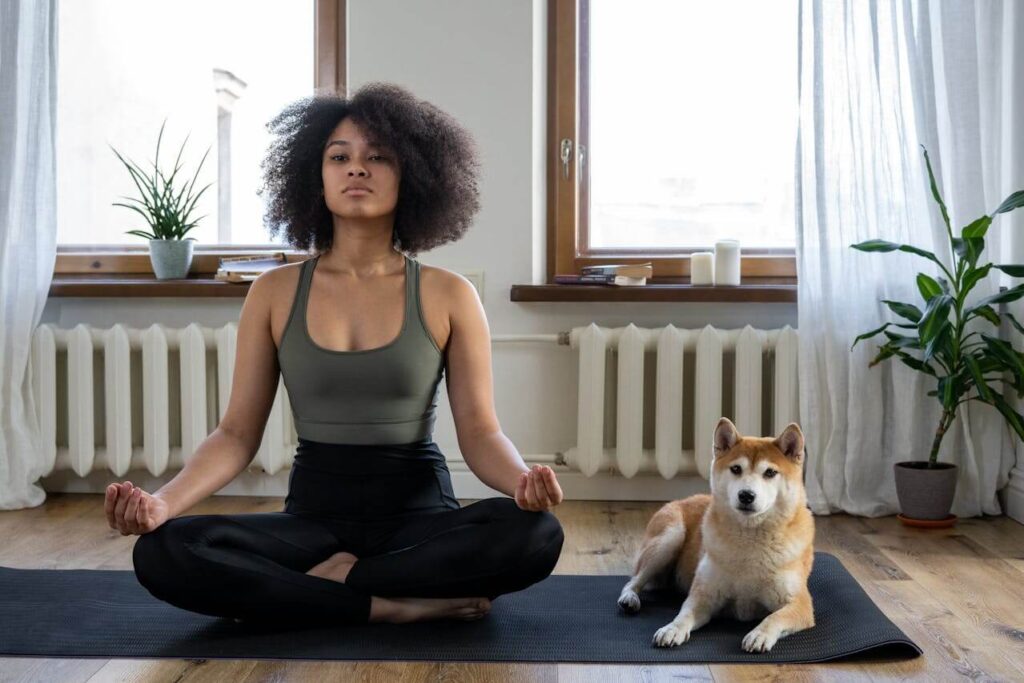
Popular Mindfulness Practices
Here are several simple and effective mindfulness practices that you can easily incorporate into your daily routine:
Mindful Breathing
Mindful breathing is one of the most straightforward yet powerful mindfulness practices. It involves focusing on your breath and observing the inhalation and exhalation without trying to change it.
How to Practice:
- Find a comfortable seated position.
- Close your eyes and take a deep breath through your nose, allowing your abdomen to expand.
- Exhale slowly through your mouth.
- Focus on your breath for several minutes, gently redirecting your attention whenever your mind wanders.
Body Scan Meditation
The body scan is a practice that involves paying attention to different parts of the body, promoting awareness and relaxation.
How to Practice:
- Lie down in a comfortable position.
- Close your eyes and take a few deep breaths.
- Starting at your toes, gradually move your attention up through your body, noticing any sensations, tension, or discomfort.
- Please spend a few moments on each area, allowing it to relax before moving to the next.
Mindful Walking
Mindful walking combines physical activity with mindfulness. It encourages you to focus on the sensations of walking and your environment.
How to Practice:
- Find a quiet space where you can walk undisturbed.
- Stroll, paying attention to each step—the feeling of your feet touching the ground, the rhythm of your breath, and the movement of your body.
- If your mind starts to wander, gently bring your focus back to the sensations of walking.
Mindful Eating
Mindful eating helps cultivate a healthier relationship with food by encouraging awareness of the eating experience.
How to Practice:
- Choose a small meal or snack.
- Before eating, take a moment to appreciate the food’s colors, textures, and aroma.
- Eat slowly, savoring each bite and paying attention to flavors and sensations.
- Notice how your body feels as you eat, stopping when you feel satisfied rather than complete.
Guided Meditation
Guided meditations can be beneficial for beginners. These sessions often involve listening to a teacher or using an app to follow along.
How to Practice:
- Find a quiet space and sit or lie down comfortably.
- Use a meditation app or online resource to select a guided meditation session.
- Follow the instructions, allowing yourself to relax and immerse in the experience.
Incorporating Mindfulness into Daily Life
While dedicated mindfulness practices are beneficial, incorporating mindfulness into everyday activities can enhance overall well-being. Here are some tips to help you integrate mindfulness into your daily routine:
Start Small
Begin with just a few minutes of mindfulness practice each day. Gradually increase the duration as you become more comfortable.
Set Reminders
Use reminders on your phone or sticky notes around your home to prompt you to take mindfulness breaks throughout the day.
Practice Gratitude
Take time each day to reflect on what you are grateful for. This practice can enhance your overall outlook and keep you grounded in the present.
Limit Distractions
Reduce distractions during activities like eating or conversing with others to create a mindful environment. Put away electronic devices and focus on the task at hand.
Engage Your Senses
Throughout the day, take moments to engage your senses. Notice the colors around you, the sounds you hear, or the scents in the air. This practice can help ground you in the present moment.
Mindfulness and Retreats
Attending a mindfulness retreat can be an excellent opportunity for those seeking a deeper dive into mindfulness practices. These retreats often provide immersive experiences that allow participants to focus solely on their training, guided by experienced teachers.
What to Expect at a Mindfulness Retreat
- Daily Schedule: Most retreats offer a structured schedule, including guided meditations, mindful movement, and group discussions.
- Supportive Community: Participants often benefit from community and shared experiences with like-minded individuals.
- Nature Immersion: Many retreats occur in serene natural settings, enhancing the mindfulness experience.
How to Choose the Right Retreat
When selecting a mindfulness retreat, consider the following:
- Duration: Retreats can range from weekend workshops to week-long immersions.
- Location: Choose a location that resonates with you, whether it’s a serene forest, a beach, or a mountain.
- Instructor Experience: Research the retreat facilitators to ensure they have the qualifications and experience.

Determination
Mindfulness practices offer a powerful pathway to enhance well-being and cultivate a deeper understanding of oneself. By incorporating these practices into your daily routine and considering retreats for a more immersive experience, you can unlock the transformative power of mindfulness. As you embark on this journey, remember that mindfulness is not about perfection; it’s about being present, aware, and compassionate toward yourself and others.
Useful links
- What is Sacred Plant Medicine?
- Embark on a Journey of Transformation with Spiritual Healing
- Unveiling Healing Energy at the Temple of Umi
- 10 Energy Healing Techniques to Transform Your Life
- Where to get Sacred Plant Medicine Retreat in the USA
- Top Plant medicine retreats in the USA. Learn more.
- Cost of Plant Medicine Retreat: Balancing Cost and Experience. Learn more.
- What is trauma bonding?
- A Journey into the Healing Properties of Psychedelic Mushrooms. Learn more.
- Plant Medicine Retreat Georgia – Experience Spiritual Awakening
- Spiritual Retreats Georgia
- Shaman in America Exploration
- Shamanism – Shamanic healing
- Shaman Healing Guide
- Plant Medicine ceremonies near you in the USA
- Plant Medicine Experience
- DMT Journey, Benefits, and Side Effects
- Iowaska – What is it?
- Plant medicine retreats in Georgia
- Why massage is beneficial, according to a cardiologist.
- Are mushrooms truffles – What Is a Truffle?
- 11 Best Plant Medicine Retreats in the USA for Spiritual Healing
- Sacred Plant Medicine Retreats in Georgia
- 5 Ayahuasca Retreats in California Worth Exploring
- 7 Best Aya Retreats in America. Click here.
- Mcdonough Ayahuasca retreat
- Conley Ayahuasca retreat
- Whitesburg Ayahuasca retreat
- Brooks Ayahuasca retreat
- Gay Ayahuasca retreat
- Williamson Ayahuasca retreat
- Orchard Hill Ayahuasca retreat
- Glenn Ayahuasca retreat
- Luthersville Ayahuasca retreat
- Shady Dale Ayahuasca retreat
- Bowdon Junction Ayahuasca retreat
- Sargent Ayahuasca retreat
- Greenville Ayahuasca retreat
- Lovejoy Ayahuasca retreat
- Winston Ayahuasca retreat
- Rutledge Ayahuasca retreat
- Moreland Ayahuasca retreat
- Molena Ayahuasca retreat
- Lebanon Ayahuasca retreat
- Good Hope Ayahuasca retreat
- Haralson Ayahuasca retreat
- An Inclusive List of Psychedelic Quotes
- Mount Ayahuasca retreat
- Grantville Ayahuasca retreat
- Pine Lake Retreat near
- Rydal Ayahuasca retreat
- Porterdale Ayahuasca retreat
- Waco Ayahuasca retreat
- Temple Ayahuasca retreat
- Bethlehem Ayahuasca retreat
- Jenkinsburg Ayahuasca retreat
- Adairsville Ayahuasca retreat
- Red Oak Ayahuasca retreat
- Woodbury Ayahuasca retreat
- Cassville Ayahuasca retreat
- Redan Ayahuasca retreat
- North Decatur Ayahuasca retreat
- Grantville Ayahuasca retreat
- Hillsboro Ayahuasca retreat
- Jackson Ayahuasca retreat
- Braselton Ayahuasca retreat
- Zebulon Ayahuasca retreat
- Flovilla Ayahuasca retreat
- Auburn Ayahuasca retreat
- Warm Springs Ayahuasca retreat
- Scottdale Ayahuasca retreat
- Lithia Springs Ayahuasca retreat
- Villa Rica Ayahuasca retreat
- Grayson Ayahuasca retreat
- Sunny Side Ayahuasca retreat
- Senoia Ayahuasca retreat
- Locust Grove Ayahuasca retreat
- Chamblee Ayahuasca retreat
- Fairburn Ayahuasca retreat
- Snellville Ayahuasca retreat
- Monticello Ayahuasca retreat
- Union City Ayahuasca retreat
- Tallapoosa Ayahuasca retreat
- Bremen Ayahuasca retreat
- Hampton Ayahuasca retreat
- Monroe Ayahuasca retreat
- Marble Hill Ayahuasca retreat
- Madison Ayahuasca retreat
- Dawsonville Ayahuasca retreat
- Felton Ayahuasca retreat
- Concord Ayahuasca retreat
- Mansfield Ayahuasca retreat
- Taylorsville Ayahuasca retreat
- Roopville Ayahuasca retreat
- Turin Ayahuasca retreat
- Franklin Ayahuasca retreat
- Clarkdale Ayahuasca retreat
- Talking Rock Ayahuasca retreat
- Jersey Ayahuasca retreat
- Kingston Ayahuasca retreat
- Bostwick Ayahuasca retreat
- North Metro Ayahuasca retreat
- Meansville Ayahuasca retreat
- Social Circle Ayahuasca retreat
- White Ayahuasca retreat
- Rhode Island Ayahuasca retreat
- Maryland Ayahuasca retreat
- Delaware Ayahuasca retreat
- New Jersey Ayahuasca retreat
- Connecticut Ayahuasca retreat
- Massachusetts Ayahuasca retreat
- Hampshire Ayahuasca retreat
- Pennsylvania Ayahuasca retreat
- New York Ayahuasca retreat
- Florida Ayahuasca retreat
- South Carolina Ayahuasca Retreat
- North Carolina Ayahuasca Retreat
- West West Virginia Ayahuasca retreat
- Virginia Ayahuasca retreat
- Ohio Ayahuasca retreat
- Alabama Ayahuasca retreat
- Mississippi Ayahuasca retreat
- Tennessee Ayahuasca retreat
- Kentucky Ayahuasca retreat
- IndianaAyahuasca retreat
- ILLINOIS Ayahuasca retreat
- Missouri Ayahuasca retreat
- Arkansas Ayahuasca retreat
- Louisiana Ayahuasca retreat
- Texas Ayahuasca retreat
- Oklahoma Ayahuasca retreat
- KansasAyahuasca retreat
- Ayahuasca retreats near me in Experiment.
- A wellness retreat in Georgia
- What is Ayahuasca?
- Embark on a Journey of Transformation with Spiritual Healing
- Unveiling Healing Energy at the Temple of Umi
- 10 Energy Healing Techniques to Transform Your Life
- Where to get Ayahuasca in the USA
- Top Ayahuasca retreats in the USA. Learn more.
- Cost of Ayahuasca Retreat: Balancing Cost and Experience. Learn more.
- What is trauma bonding?
- A Journey into the Healing Properties of Psychedelic Mushrooms. Learn more.
- Ayahuasca Retreat Georgia – Experience Spiritual Awakening
- Spiritual Retreats Georgia
- Shaman in America Exploration
- Shamanism – Shamanic healing
- Shaman Healing Guide
- Ayahuasca ceremonies Ayahuasca ceremonies near you in the USA
- Ayahuasca Experience
- DMT Journey, Benefits, and Side Effects
- Iowaska – What is it?
- Plant medicine retreats in Georgia
- Why massage is beneficial, according to a cardiologist.
- Are mushrooms truffles – What Is a Truffle?
- 11 Best Ayahuasca Retreats in the USA for Spiritual Healing
- What is Rapé?
- What is a Tincture?
- Where to find Ayahuasca near me
- Healing retreats USA
- Best Retreats USA





